Isaac Newton’s laws of motion explain the relationship between an object and the forces acting on it. The laws might seem very obvious today, but when Isaac Newton was alive, they were revolutionary and formed the basis of modern physics. Isaac Newton built on ideas from Galileo Galilei, Jean Richer and Rene Descartes. It is also said that Edmund Halley convinced Isaac Newton to write Principia.
Newton recorded his ideas about the laws of motion and gravity in a book called Principia.
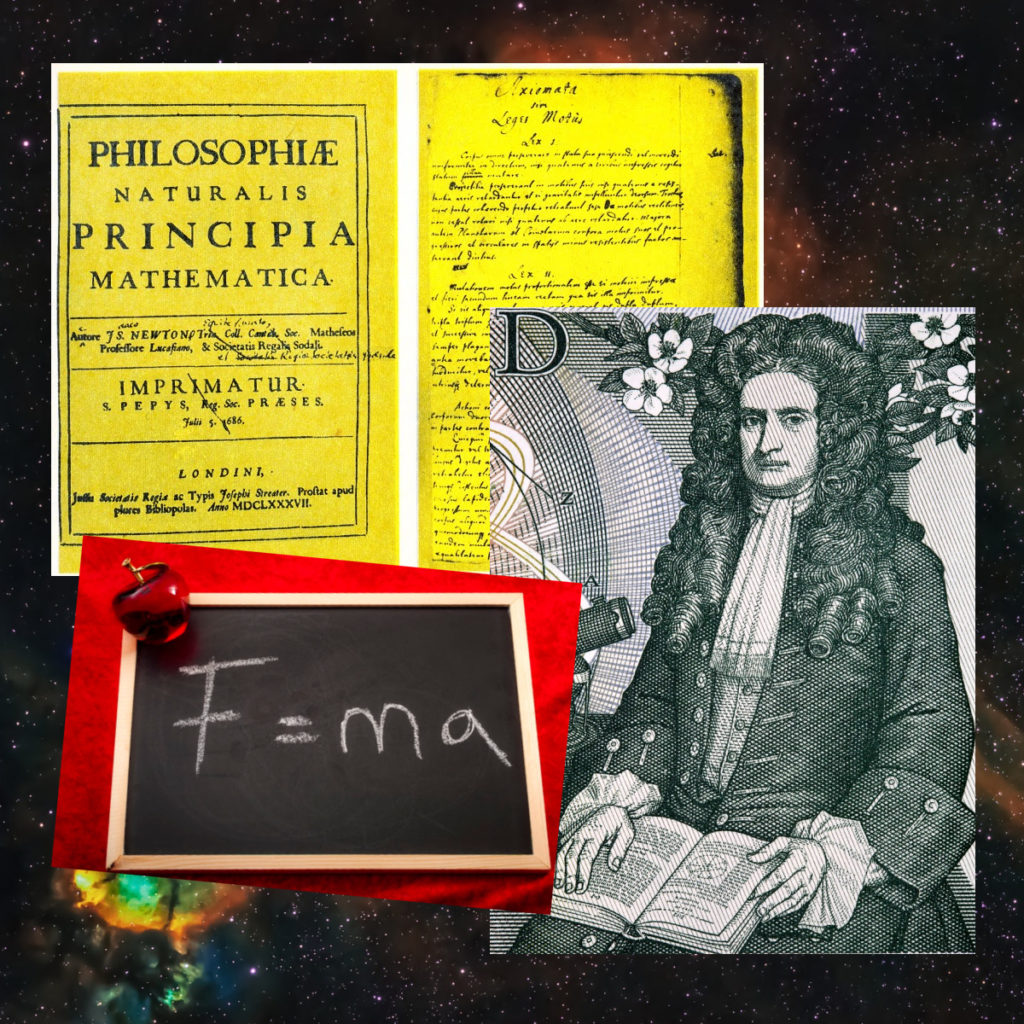
A force is anything that can change the motion of an object. When you throw a ball, you exert a force on it in a specific direction, which is the direction in which it moves. The harder you throw, the further the ball travels as a bigger force is acting on it.
Newton’s Laws of Motion?
What is Newton’s First Law
An object at rest will remain at rest.
An object in motion will keep moving with the same speed and in the same direction unless another force acts on it.
Basically, that means a motionless object will stay motionless unless a force acts on it. Imagine a toy car on the floor; it will only move if someone pushes it.
If the forces acting on a body are balanced, it will move at a constant velocity.
Experiments to Demonstrate Newton’s First Law
A rocket mouse is a fantastic demonstration of Newton’s First Law. The cone on the milk bottle is at rest until the force of air being pushed out of the milk bottle ( when you squeeze it ) sends the cone flying into the air.

Newton’s First Law is sometimes referred to as the Law of Inertia. This means that if an object is moving in a straight line, it will continue moving in a straight line unless a force acts on it.
An excellent way to demonstrate this is with a simple inertia experiment.
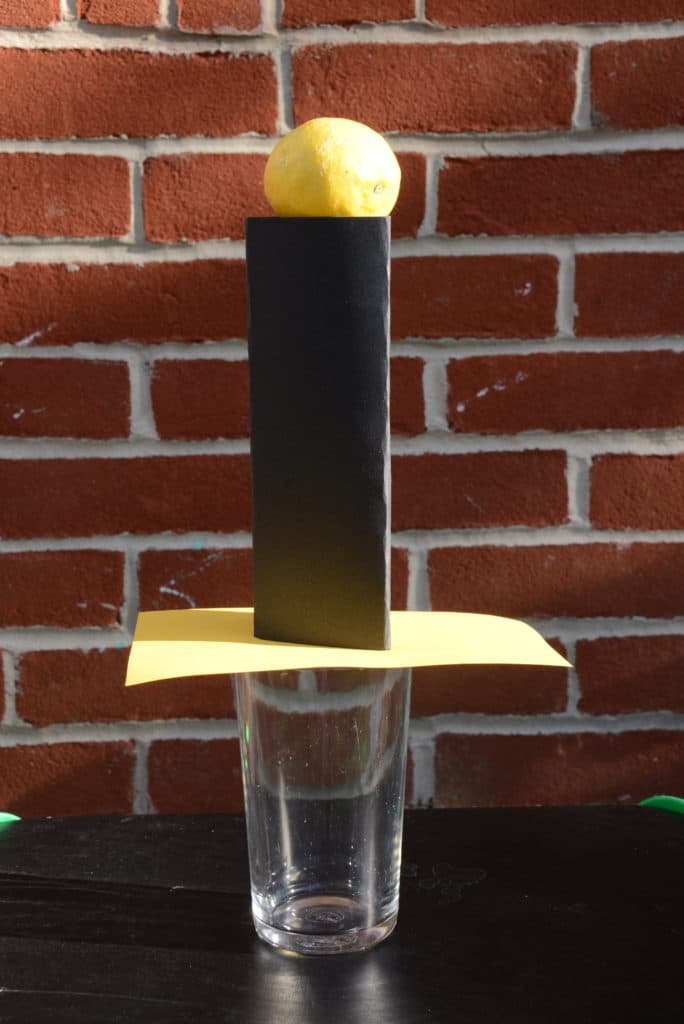
If you pull the yellow card fast enough, the black column will fall to the side, and the lemon will fall in a straight line into the glass! The video below shows this in action.
What about friction?
We know that, generally, objects don’t continue moving forever because they are slowed down by friction. For example, a ball rolling on a carpet slows down much faster than a ball rolling on a smooth floor, as there is more friction between a ball on a rough surface than on a smooth surface. You can demonstrate this by making a friction ramp.
In space where there is no friction from air, objects keep moving for much longer.
Newton’s Second Law
Newton’s Second Law describes the relationship between the force applied to a body and the change in its momentum or acceleration.
Force is equal to mass times acceleration
f = ma
F – force applied ( N )
a – Acceleration (m/s2)
m – Mass ( kg )
What does that mean? Newton’s Second Law states that force is equal to mass times acceleration. A change in momentum is proportional to the change in the force applied.
Imagine kicking a light plastic football and a heavy football. Moving the heavier ball the same distance as the lighter ball takes a lot more force.
Newton’s Third Law
Every action has an equal and opposite reaction.
Newton’s Third Law states that for every action, there is always an equal and opposite reaction. When one body acts on another, it experiences an equal and opposite reaction from the other body.
If you were to push an object, the object pushes back against you, and if you stop pushing, the force back against you stops as well.
Imagine a rocket launching. The downward thrust created by the engine is the action, and the reaction is an opposite upward thrust forcing the rocket into the air.
A rocket will continue moving upwards as long as there is a resultant upward force. If the upward thrust force ceased, the resultant force would be downward.
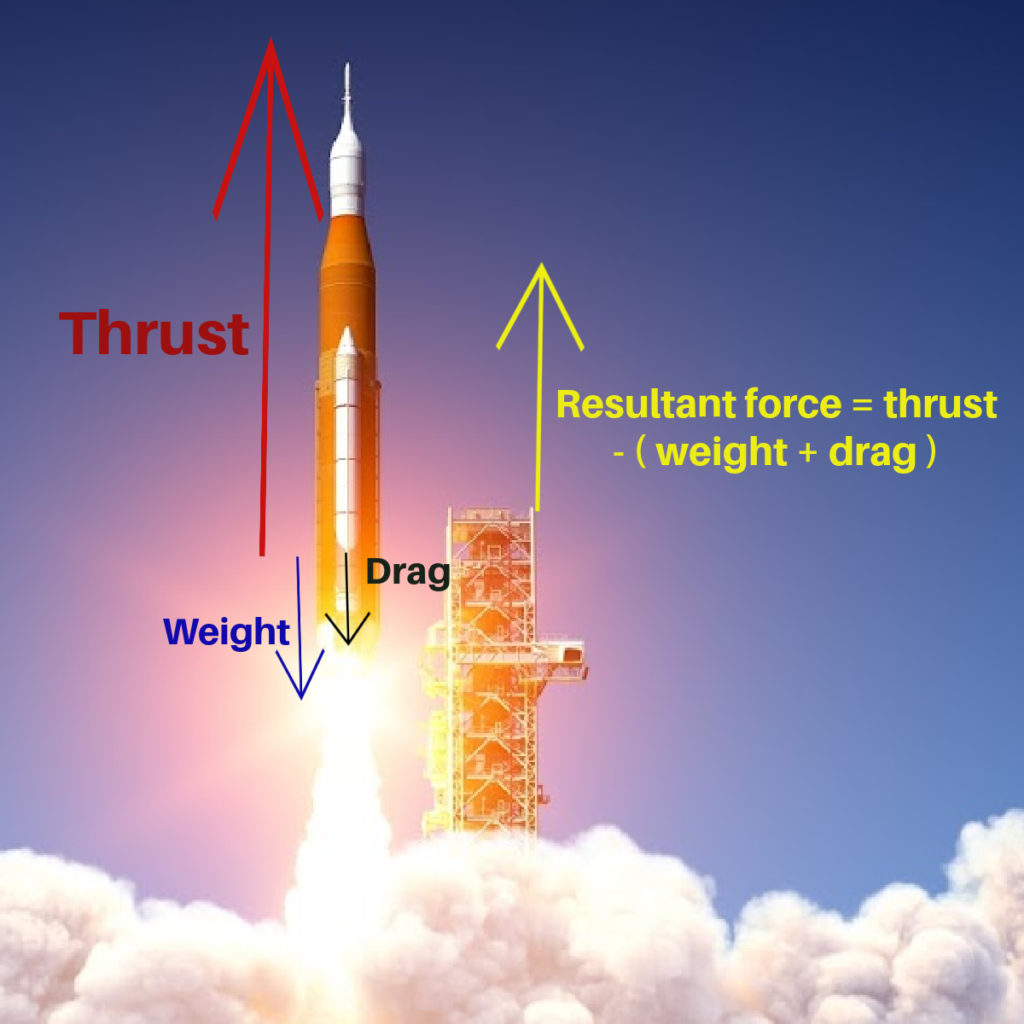
Experiments to demonstrate all three of Newton’s Laws of Motion
A film canister rocket or mini bottle rocket is great for demonstrating all three of Newton’s Laws.
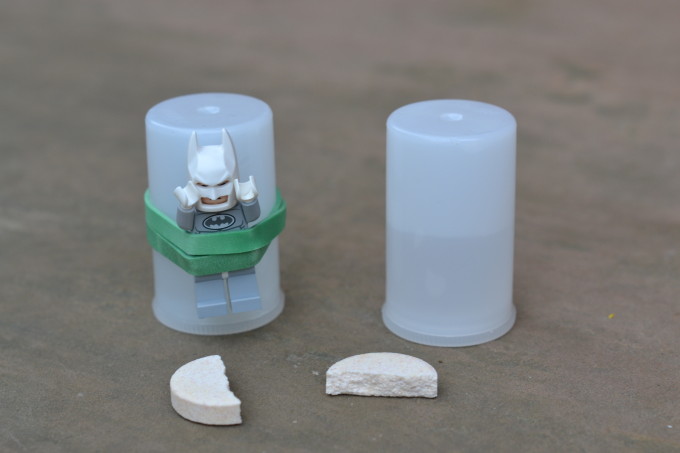
Newton’s First Law
The film canister remains motionless unless something is added to create a force ( usually an effervescent vitamin tablet and water ).
Newton’s Second Law
Acceleration is affected by the mass of an object. If you increase the mass of the film canister, you’ll find it moves more slowly and doesn’t fly as high.
Newton’s Third Law
The downward force on the film canister lid creates an opposite upward force on the canister’s body, which flies up into the air.
More experiments to demonstrate forces
Think about some of the difficulties astronauts experience in space with this hands on activity about docking with the ISS.
Find out more about Isaac Newton, Galileo and other famous scientists.
Learn about gravity with straw rockets, magnets and water bottles in this selection of easy gravity experiments.
Finally, try one of these easy investigations for learning about forces and motion.
More easy ideas for learning about forces
Science Concepts
Forces
Newton’s Laws of Motion
Friction
Last Updated on February 24, 2025 by Emma Vanstone

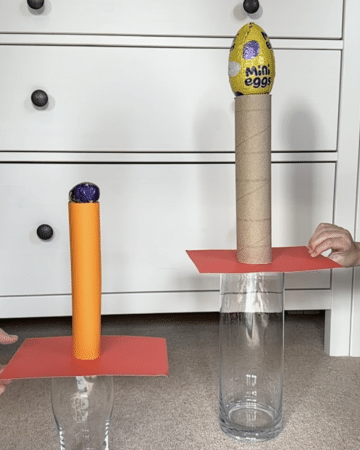
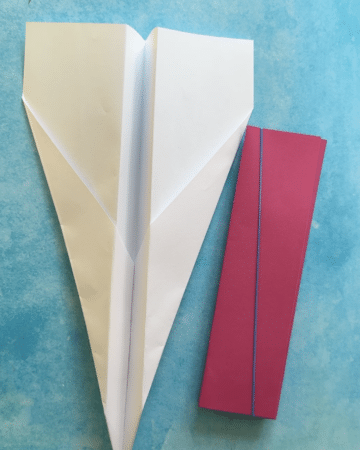
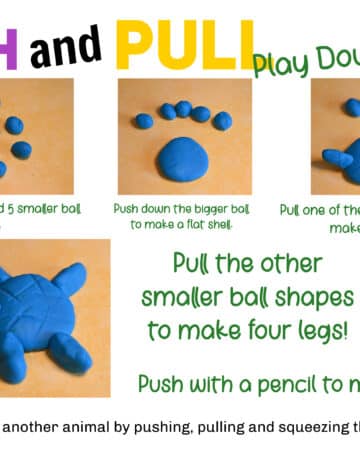
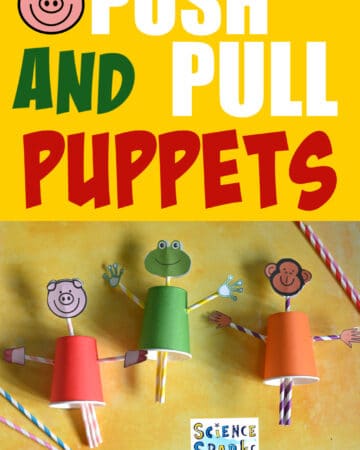
Leave a Reply